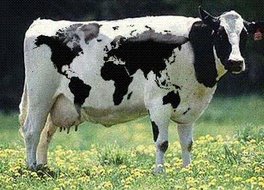Fantastic first part, describing how the Memphis yellow fever epidemic of 1878 could have happened. Background, flashbacks, gripping heat-of-the-moment storytelling: it really makes you feel what it must have been like to be there. Strangely enough, all the reviews on the back refer to that section . . .
The rest of the book, outlining the contribution of many, including Walter Reed, to understanding the way yellow fever worked and how to stop it, was good. Not spectacular, but good. Some of the human drama, the stories behind the human subjects in the Havana trials, are really quite stirring. For the most part, though, it's just solid storytelling. It's almost, at times, as if the author got a little bored, herself, and couldn't really be bothered to keep the energy up. With the lessons that could be taught about the spread of yellow fever in modern Texas, I don't know why the end wasn't a bit more . . harrowing? . . frightening? . . interesting?
You should read this book for the story of what happened to Memphis. The rest is good background in the subsequent history of yellow fever, but the book is worth it mostly for the first section.
Sunday, January 14, 2007
Subscribe to:
Post Comments (Atom)

No comments:
Post a Comment